Crystallization
Existing in an inconceivable for a human time dimension, rocks and minerals form for millions of years, mostly being hidden underneath the Earth’s surface.
They are being born beneath many layers of ground and then slowly come closer to the surface when soil and stone above are eroded by wind and flows.
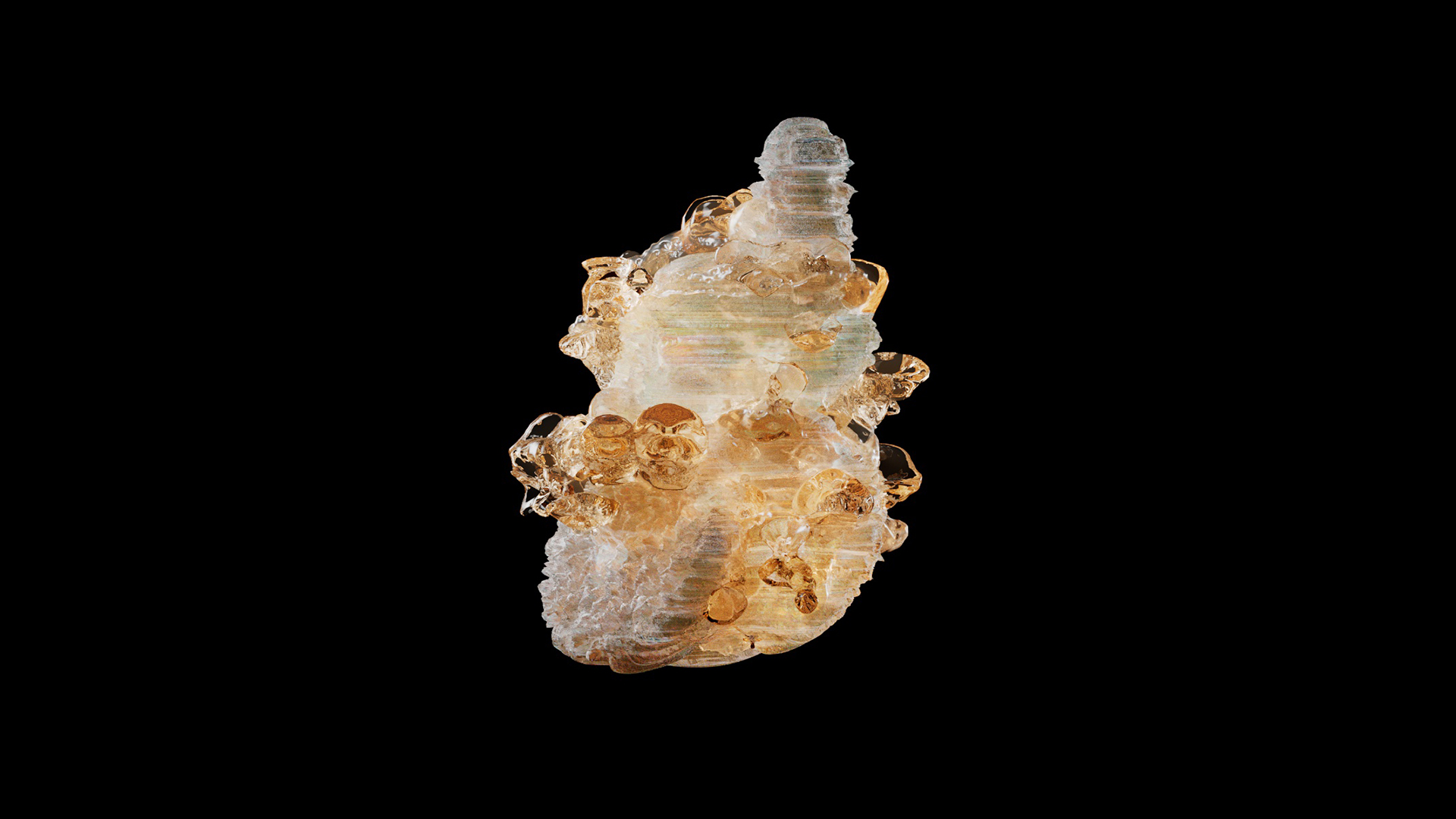
A mixture of pressure, fire, and water, minerals are a tangible representation of nature’s forces and its persistent ability to fill the voids with something new and beautiful.
Cavities in rock formations resulted from a solidified magma flow or a decayed organic object fill with hydrothermal water or groundwater, which eventually becomes a saturated solution of salts.
Eventually, when the concentration reaches its maximum, the salts begin to crystallize and form solid objects inside this water-filled space.
Water that enters the cavity constantly changes its chemical composition, altering the color of the forming mineral. Irregularities and impurities become an essential part of the mineral, reflecting its history.
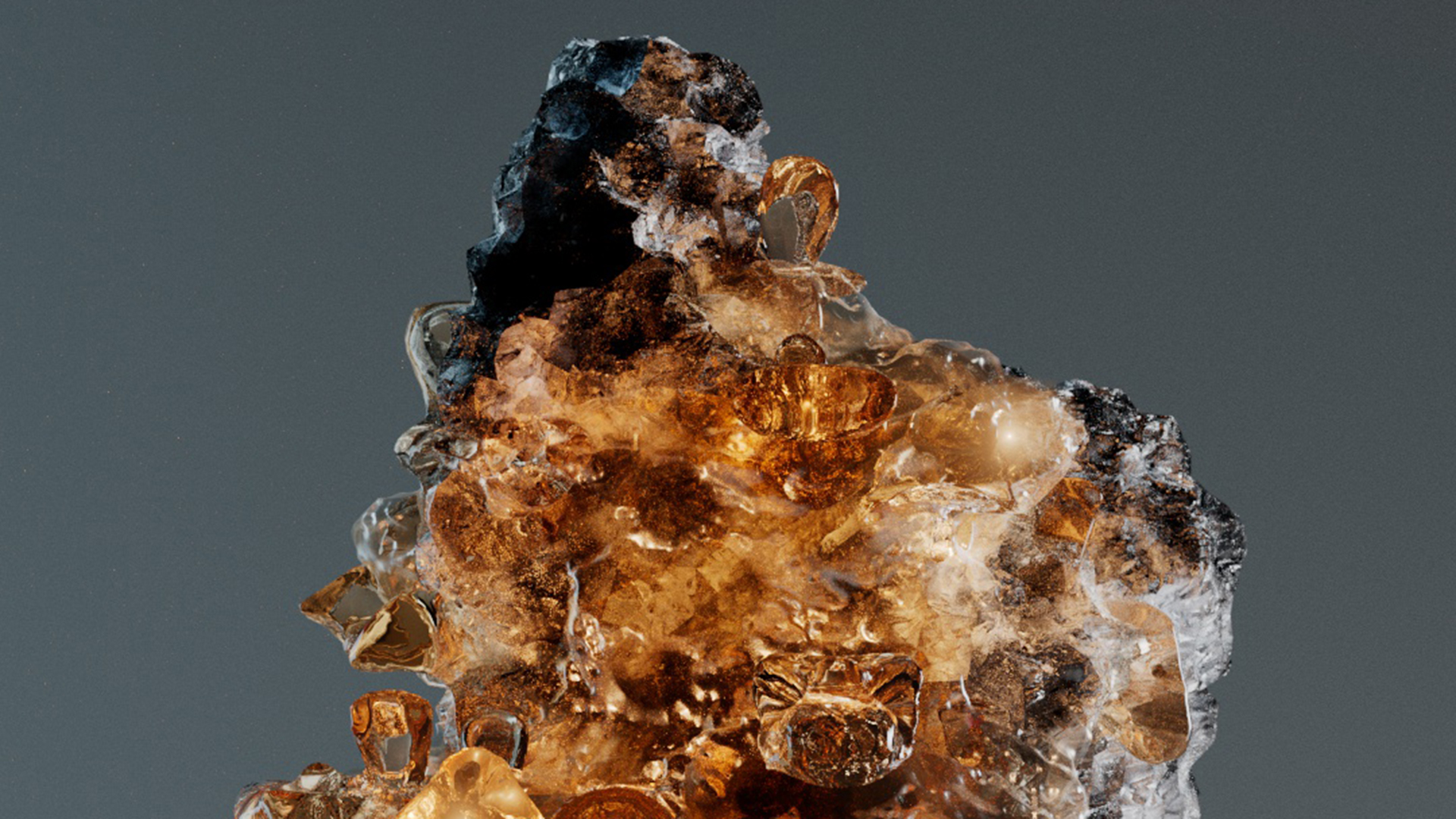

Rocks can capture not only the existence of purely inorganic matters but also traces of living organisms when they are formed by animals and bacteria in the process of biomineralization. With pressure and time, these organic residues transform into dense rocks, such as marble.
Crystallization is deeply familiar to humans, and most of us have tried to create their own crystal in school, using a salt solution with a thread, serving as a crystallization nucleus, immersed into it.
We do not only find minerals in nature but also create them ourselves, as some of the artificial crystals have valuable mechanical, optical and conductive properties.
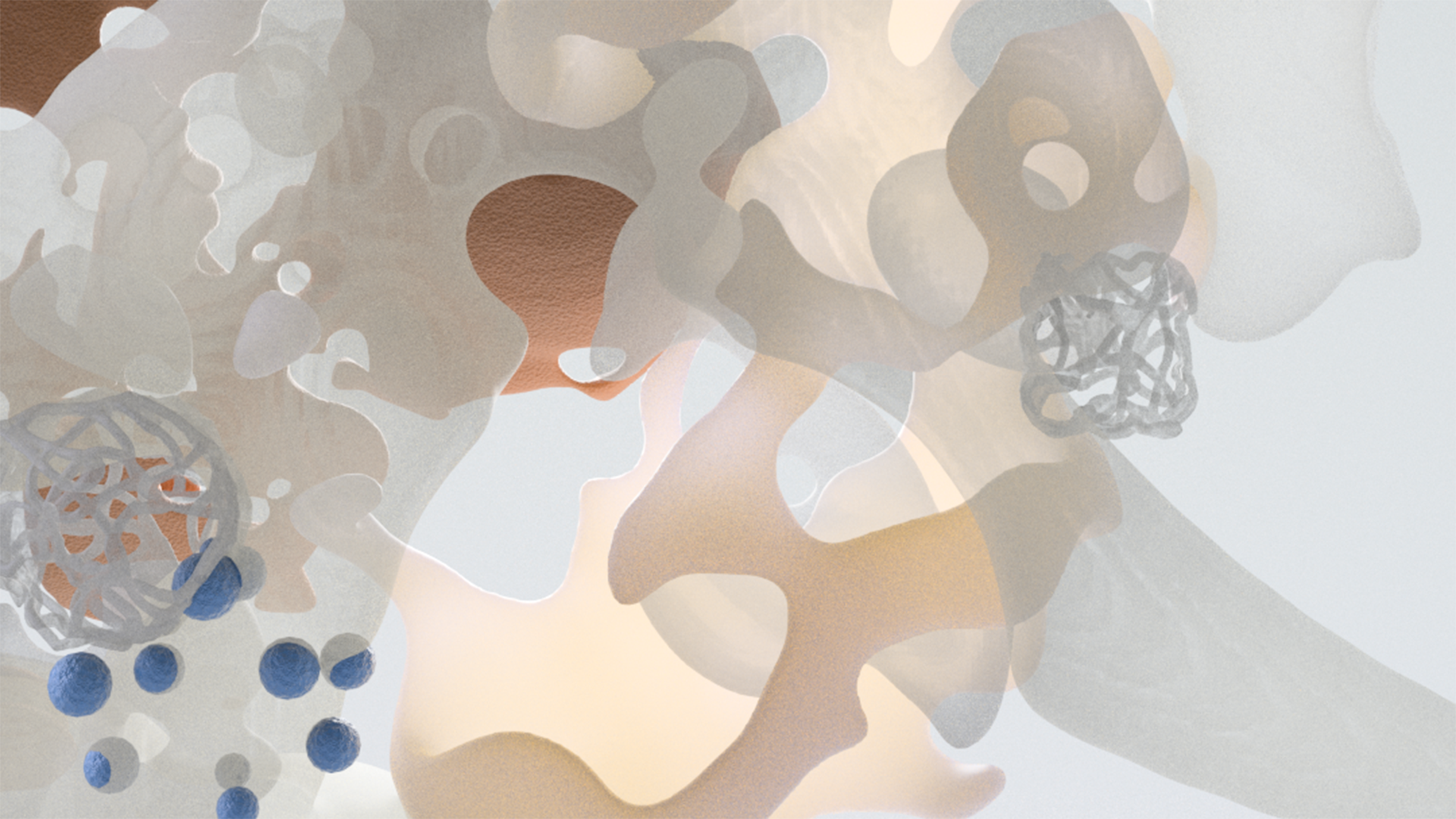
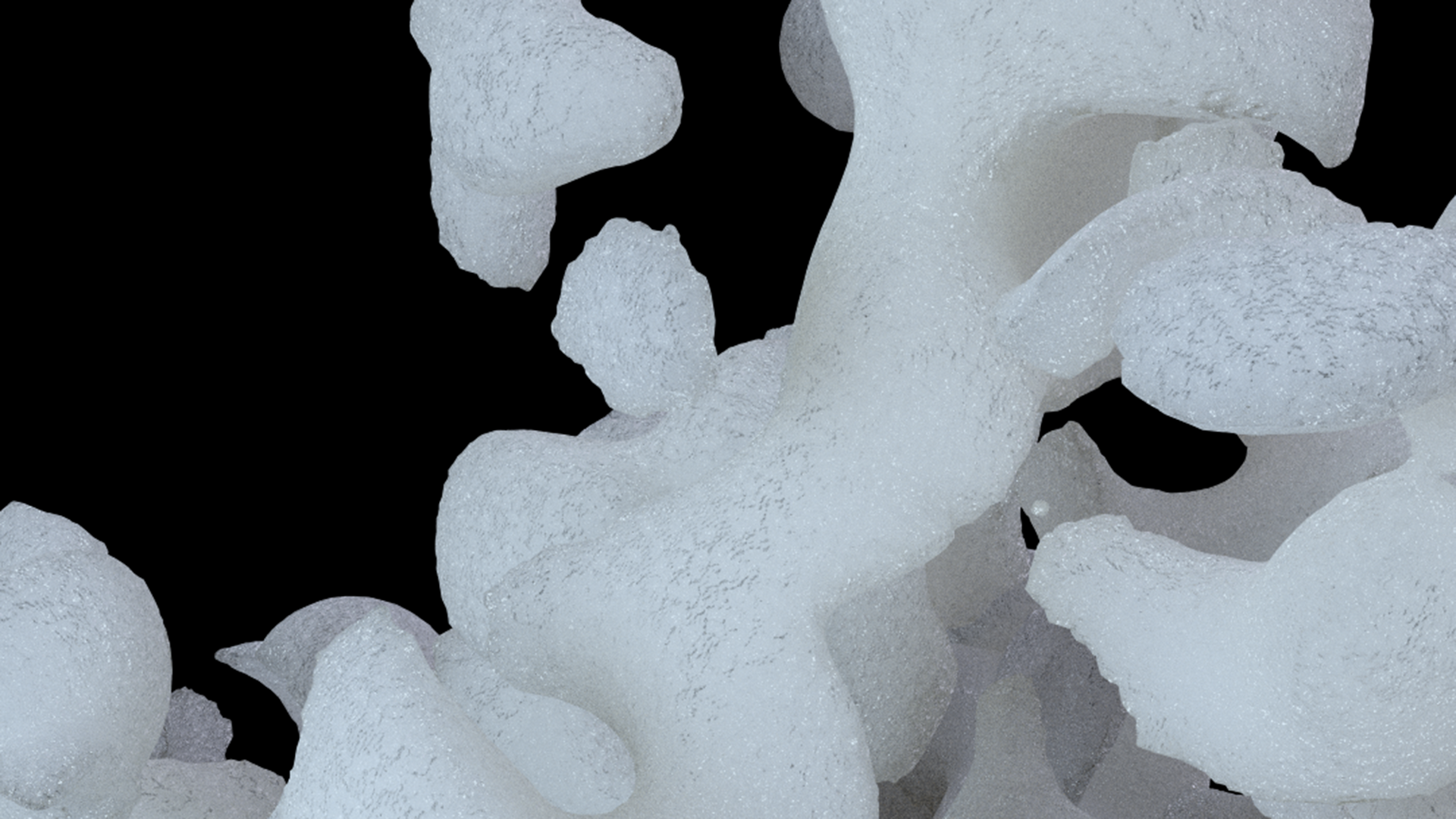

Synthetic crystalline matter is used in a variety of ways, for example, in lasers and optic fiber systems, so it is necessary for these crystals to be pure and flawless. However, imperfections are important for our perception of a mineral, as they indicate the history of the object.
Natural randomness can be predicted to a certain extent, but this opportunity is rarely used when producing synthetic minerals, as exact visual resemblance to natural materials is not the main goal of this process.
In computer graphics, this similarity in look is way more important, so that is why we use complex algorithms and simulations to reproduce nature’s way of forming minerals and rocks.
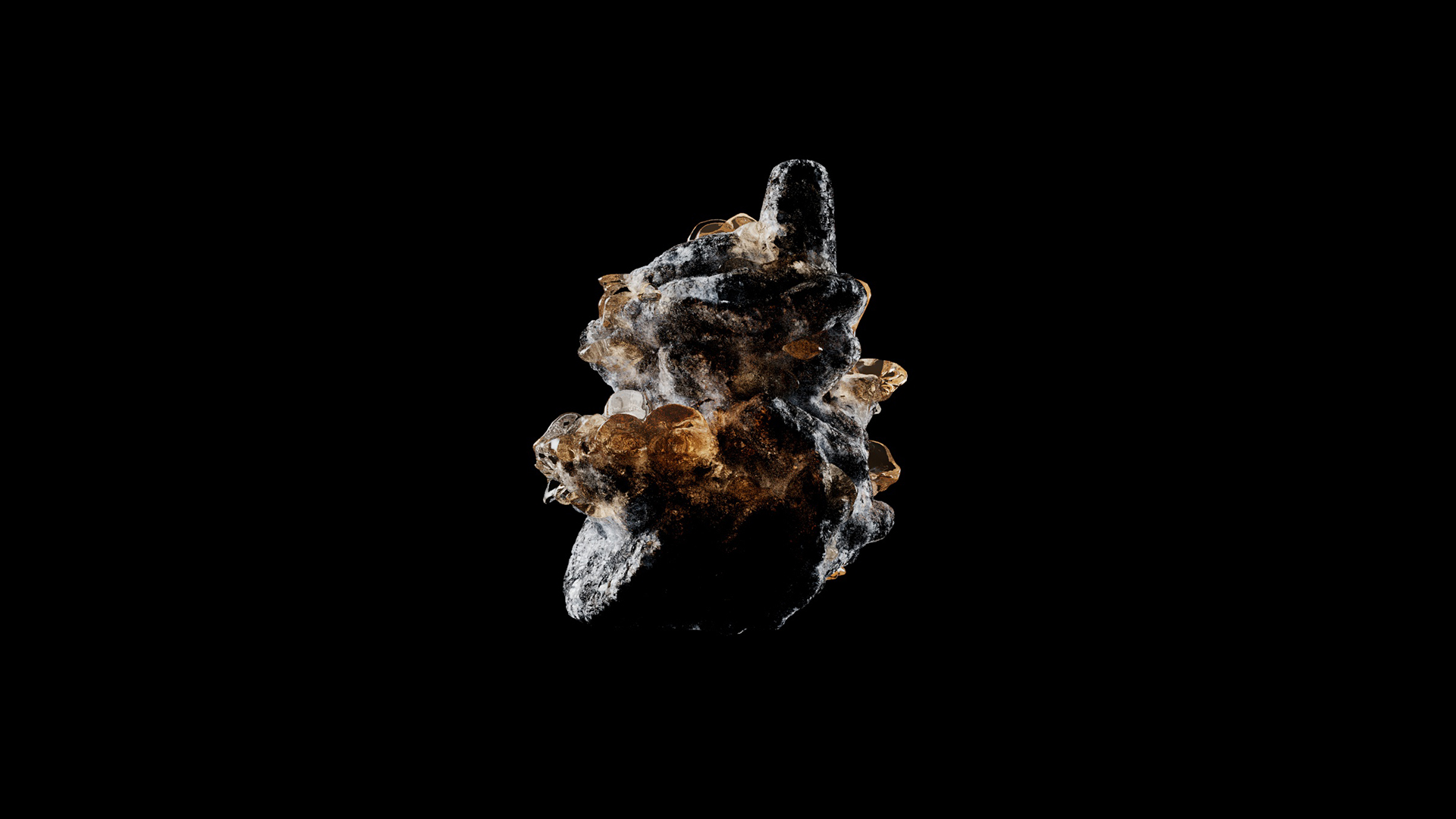
Realistic rocks and minerals in the computer graphics
Natural patterns are generated with noise functions based on a set of random or pseudorandom values or gradients, more often than not located on a grid.
The first widely recognized function for texture generation was Perlin noise, created in 1983 and still actively used by artists and designers. It can be utilized to create 1D, 2D and 3D structures - a curved line, a flat texture, and a three-dimensional landscape accordingly.
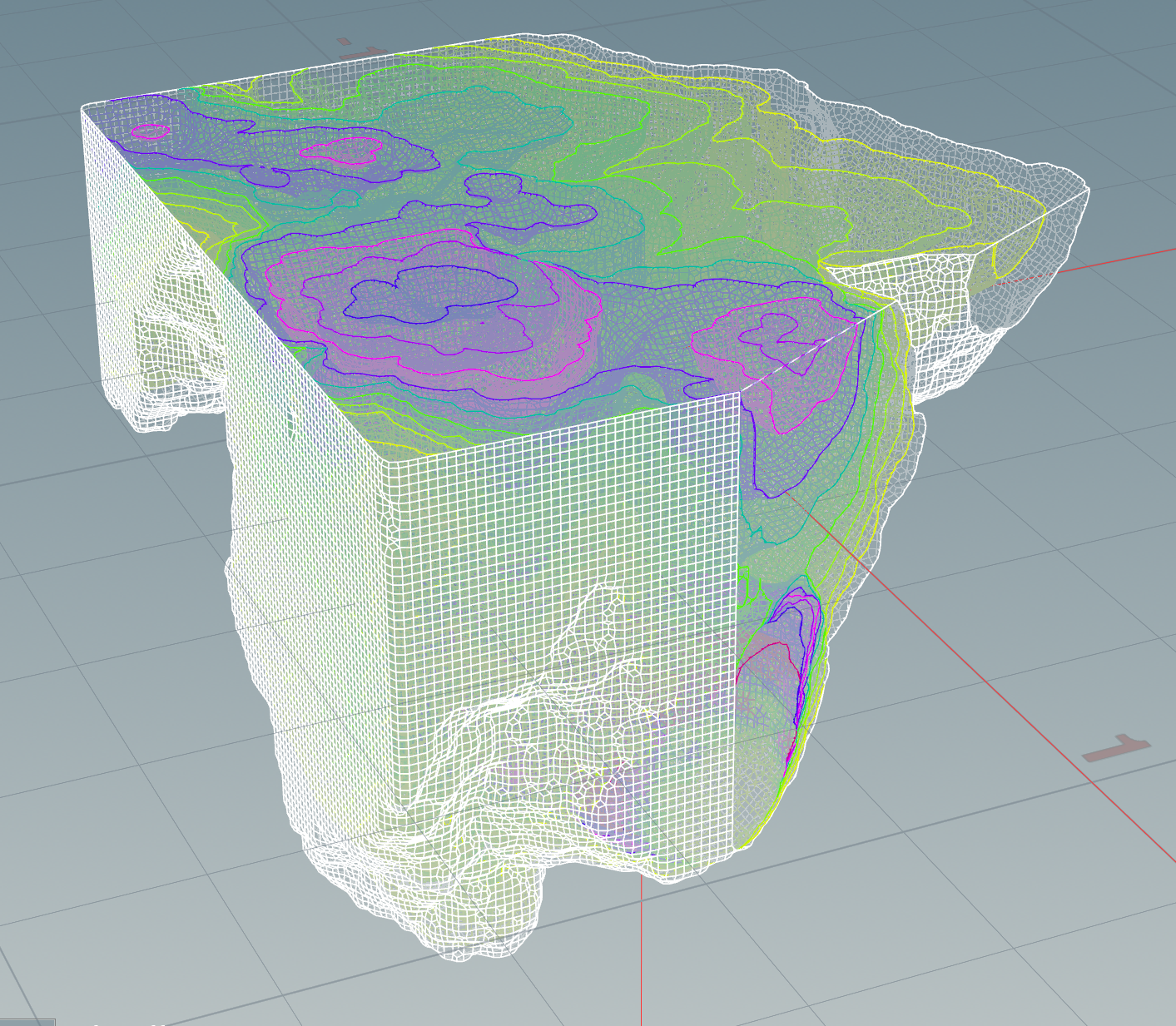


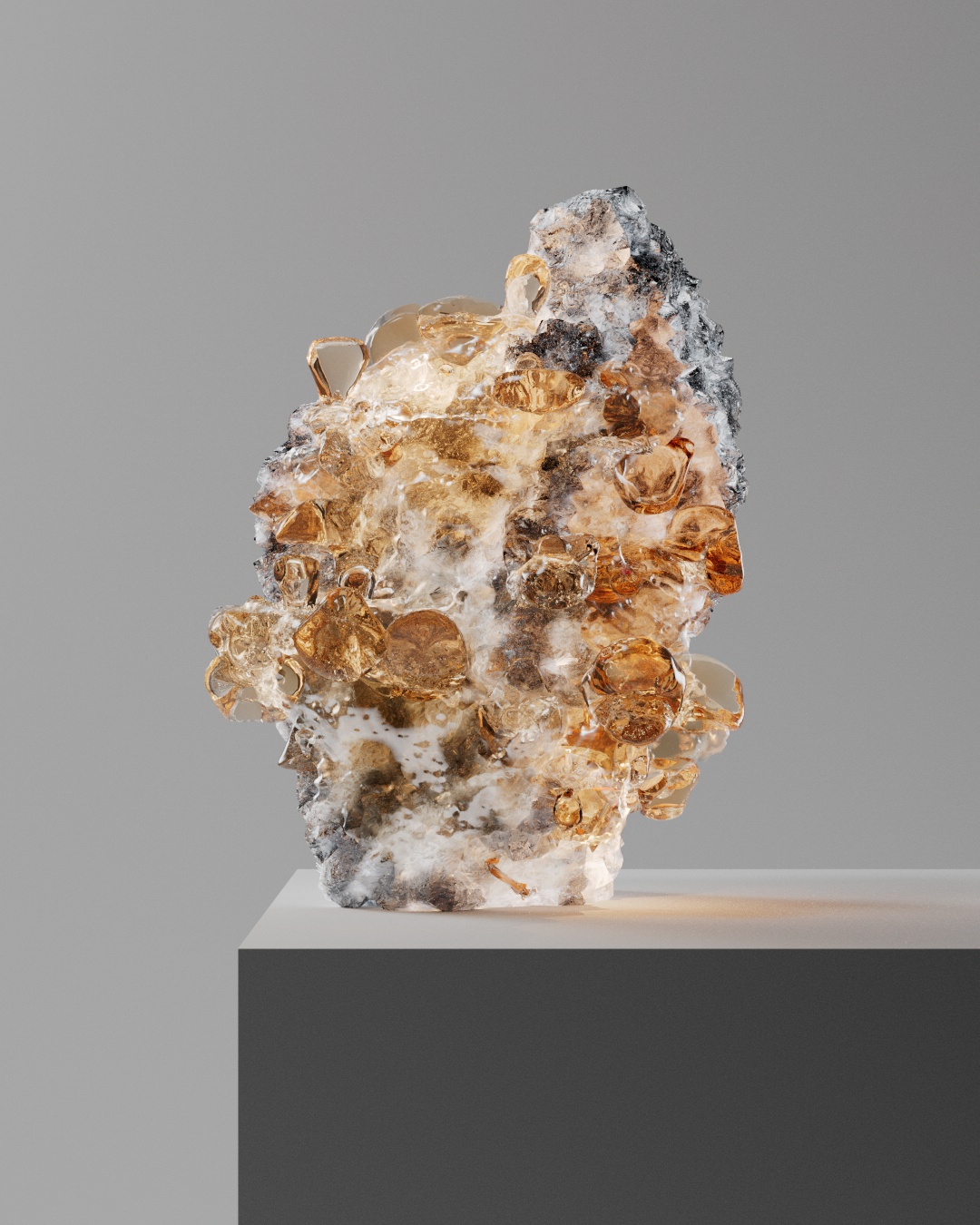
For example, when you create the outside of rock, you can use 2D and 3D implementations of Perlin noise - the former for locating spots on its surface and the latter for the generation of its lumpy shape.
There are a lot of other noises - some of them are modifications of Perlin noise, like Simplex noise, others are completely different, for example, Worley noise, which, in its 2D implementation, generates a structure that reminds of cells rather than rocks.
For each noise, there are a lot of possibilities for its adjustment - you can change its frequency and amplitude, mix several noise functions, either of the same or a different kind.
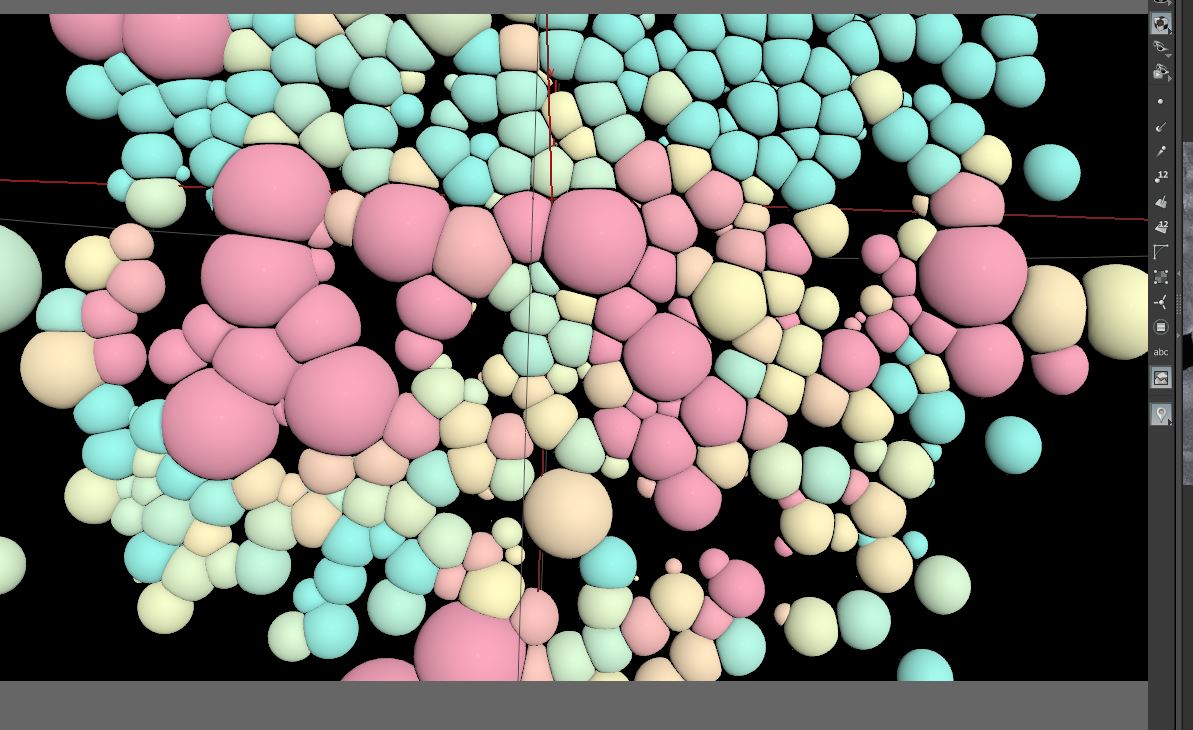
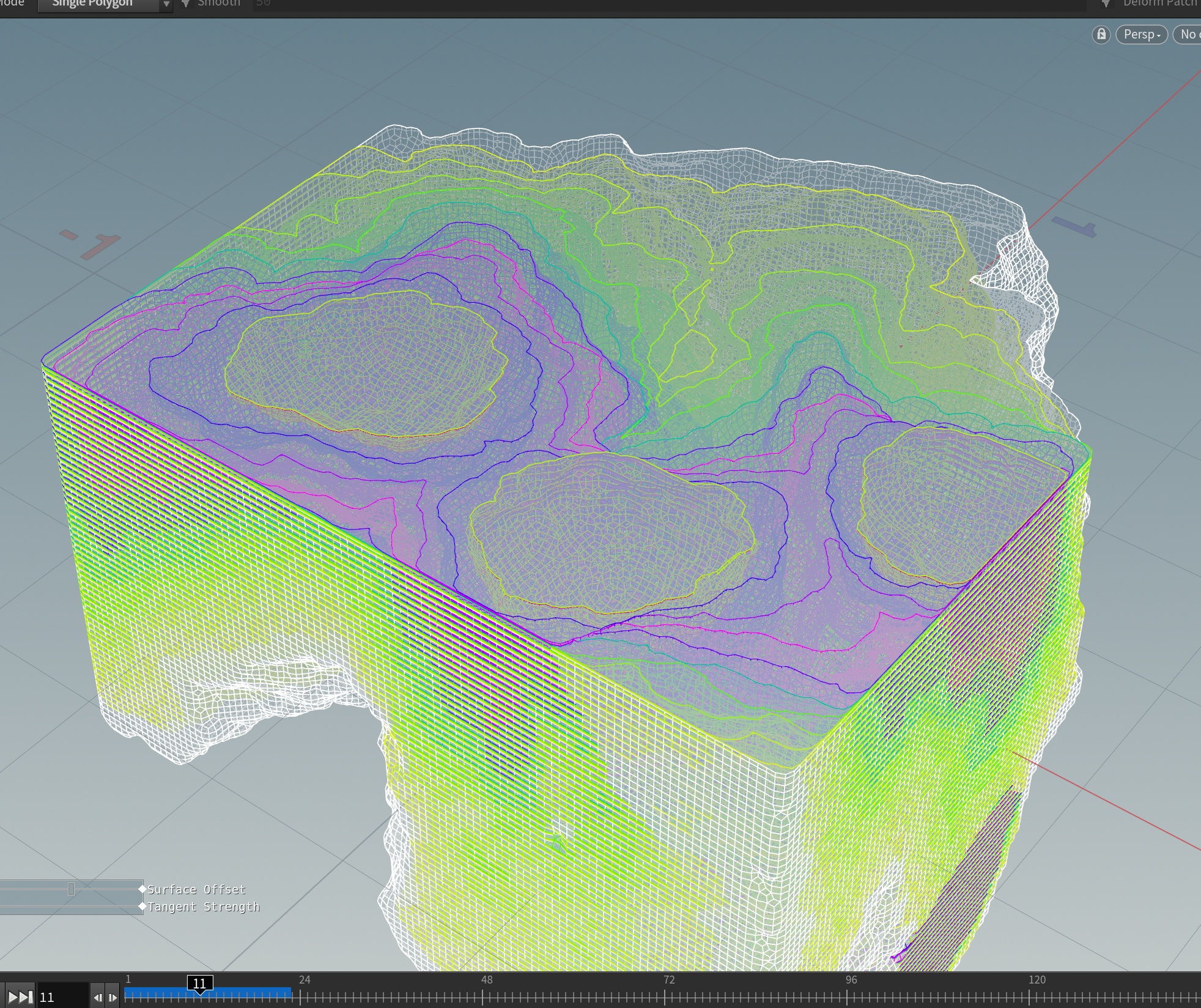
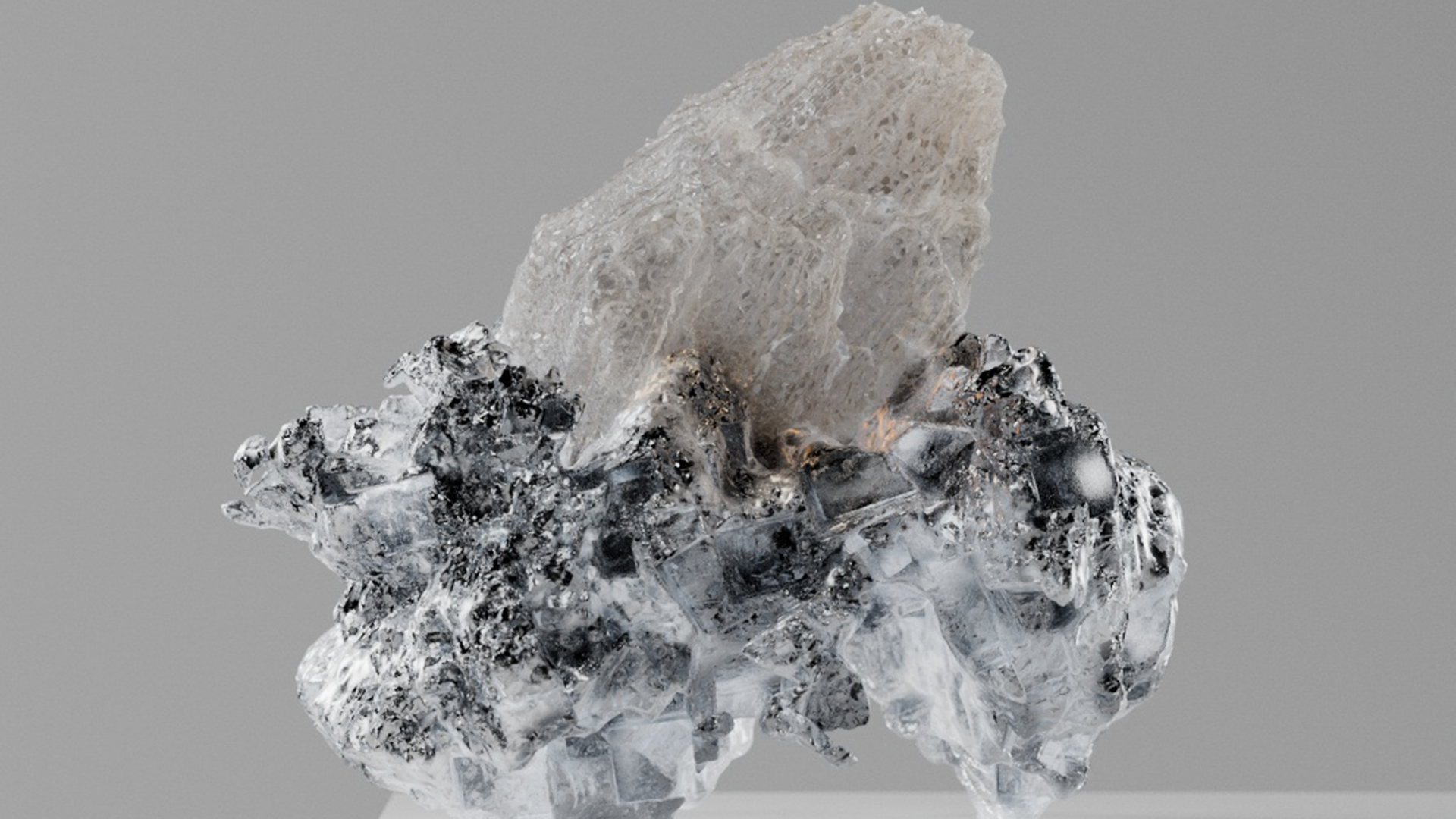
If we are to create a larger natural-looking landscape, like a mountain range, we also need to consider erosion processes. In 3D procedural software, which incorporates sets of rules describing real-world physics, erosion patterns can be generated automatically, based on some parameters for the final look.
The function usually consists of mathematical algorithms that pertain to two types of erosion: thermal and hydraulic.
When thermal erosion affects a rock formation, its parts crumble off and fall down, where they accumulate. The erosion algorithm is based on a set of equations, describing dependencies between the height of the pile of the crumbled material and its angle of inclination.
Hydraulic erosion implies that material is being destroyed by a water flow, and, in this case, its parts are being carried away with water. This system of equations takes into account the solubility of the rock, evaporation rate of water and its level.
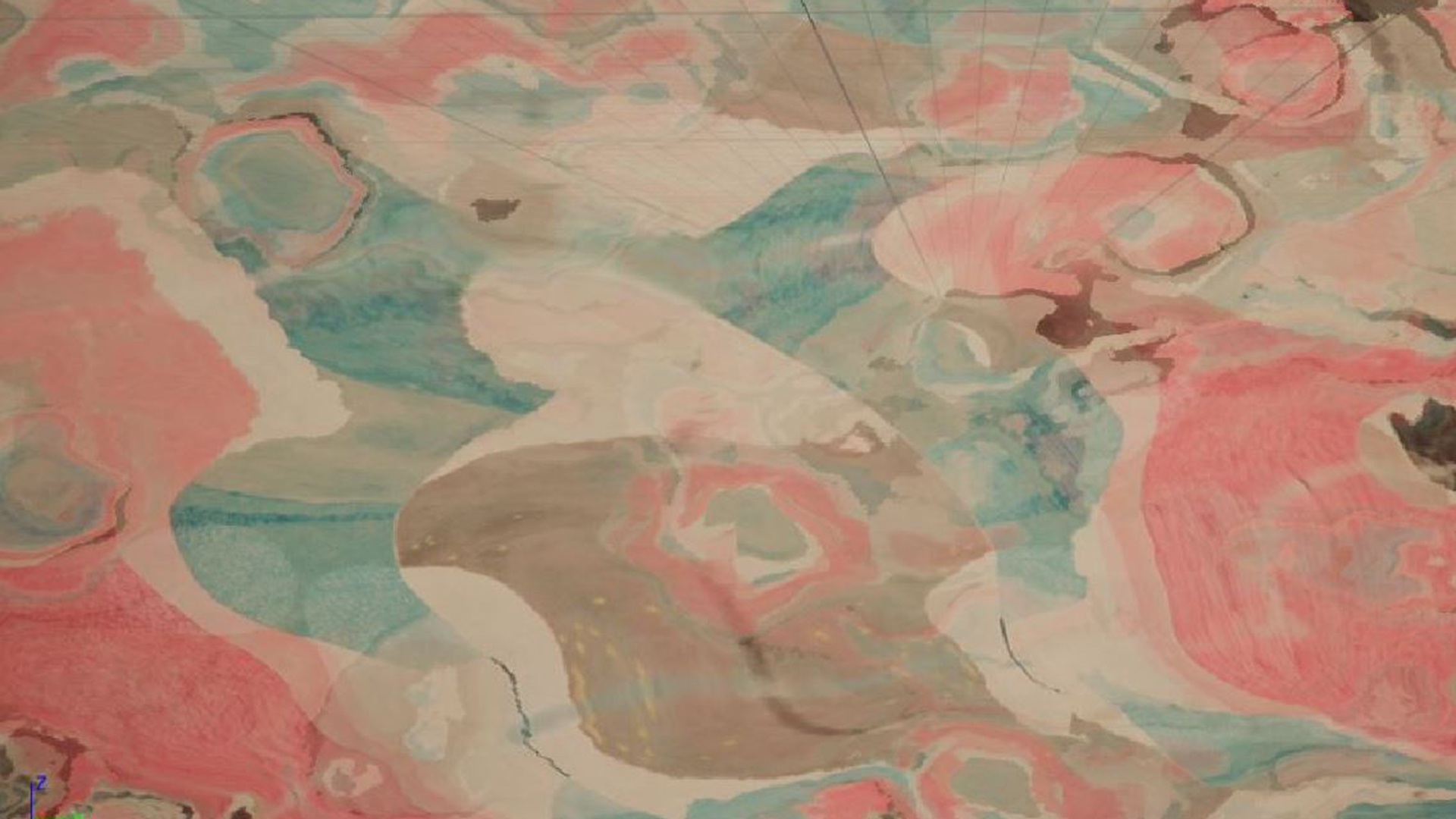

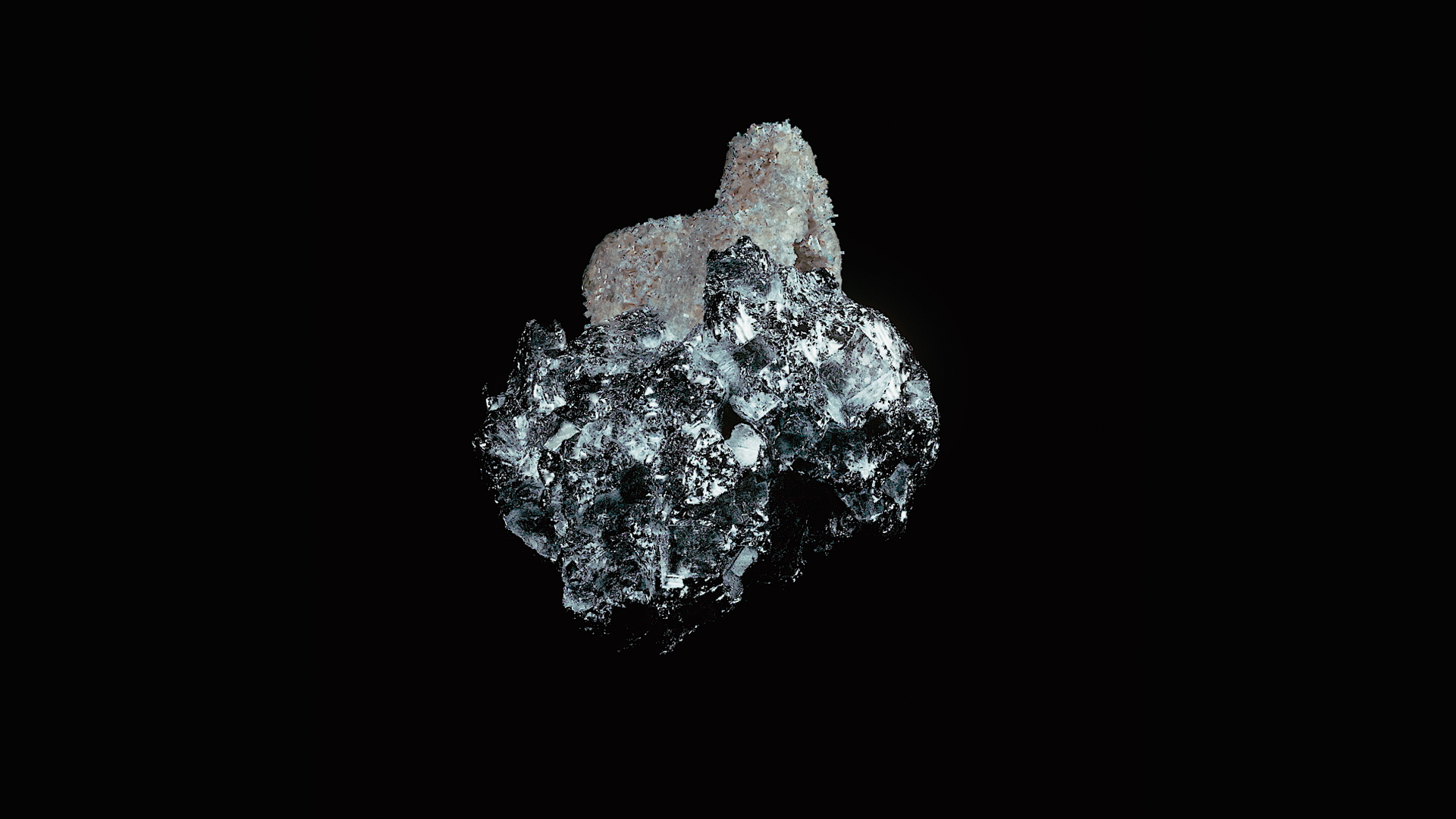
Our research
Inspired by the slow formation of rocks and their unique quality of time preservation, we experimented with different types of minerals, soils, and mountains to see how we can reproduce algorithms of nature in the digital world and how we can elevate them to create something fresh.


One of our main impulses was the growth of rock formations. As we are used to seeing evolution and development in organic nature, it was an unusual direction to explore in terms of something that we usually perceive as static.
Another spark that ignited our imagination is the variety of forms that rocks can take. We explored different approaches to shapes of natural-occurring minerals—some of them were informed by real patterns of erosion, some were a mix of rock forms with foam-like structures.
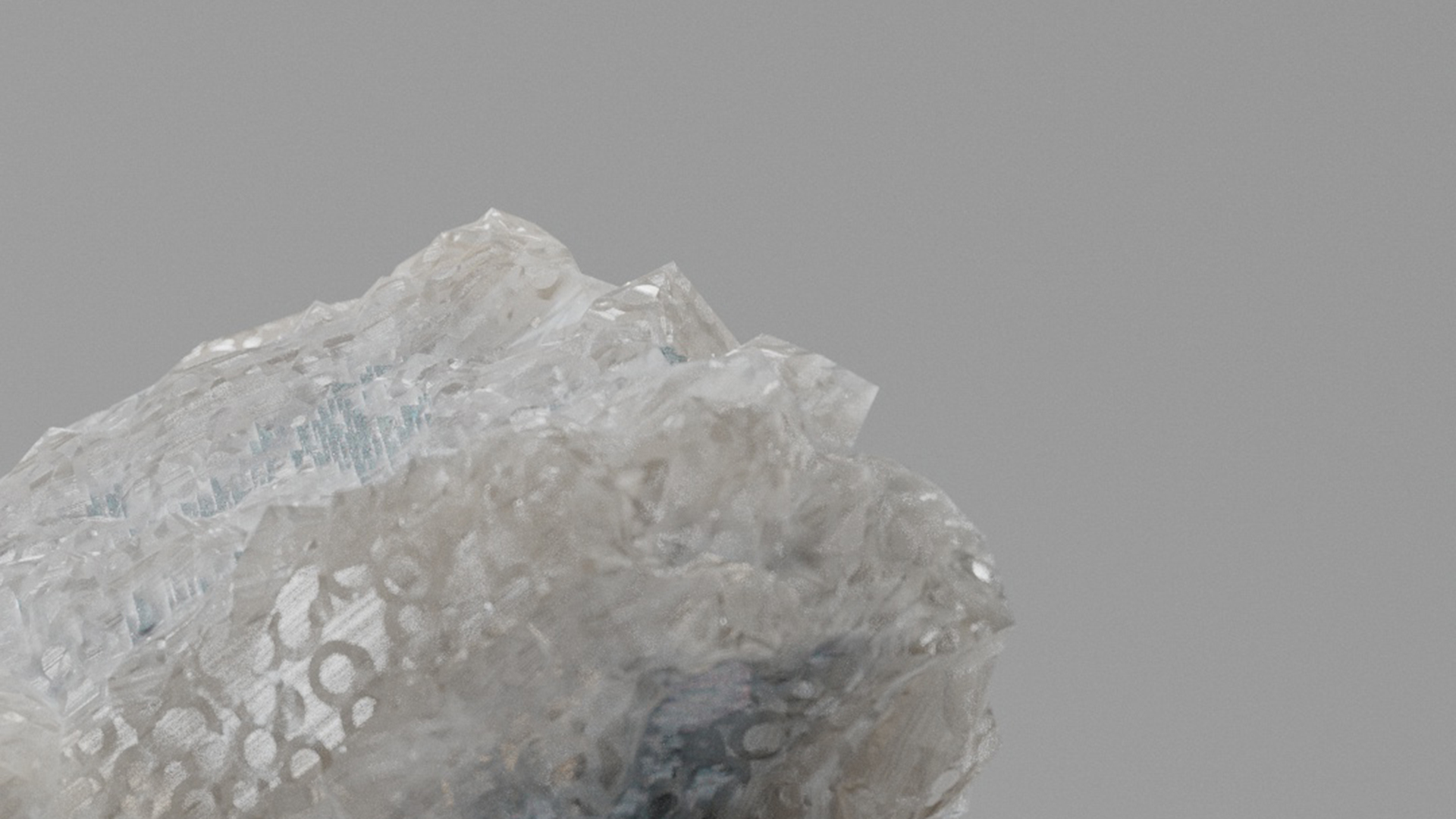
Credits
Creative Direction:
Maxim Zhestkov, Igor Sordokhonov
Design, Art Direction, Animation:
Sergey Shurupov, Dmitriy Ponomarev, Tatyana Balyberdina, Vasiliy Zinchuck, Phil Bonum, Artur Gadzhiev
Writing:
Anna Gulyaeva
Year:
2020
Contact us >
work@media.work
Follow us >
Instagram
LinkedIn
Spotify
Media.Work > USA
453 S Spring Street
Ste 400 PMB 102, 90013
Los Angeles
Media.Work > UK
71-75 Shelton Street
WC2H 9JQ
London
Media.Work © 2024